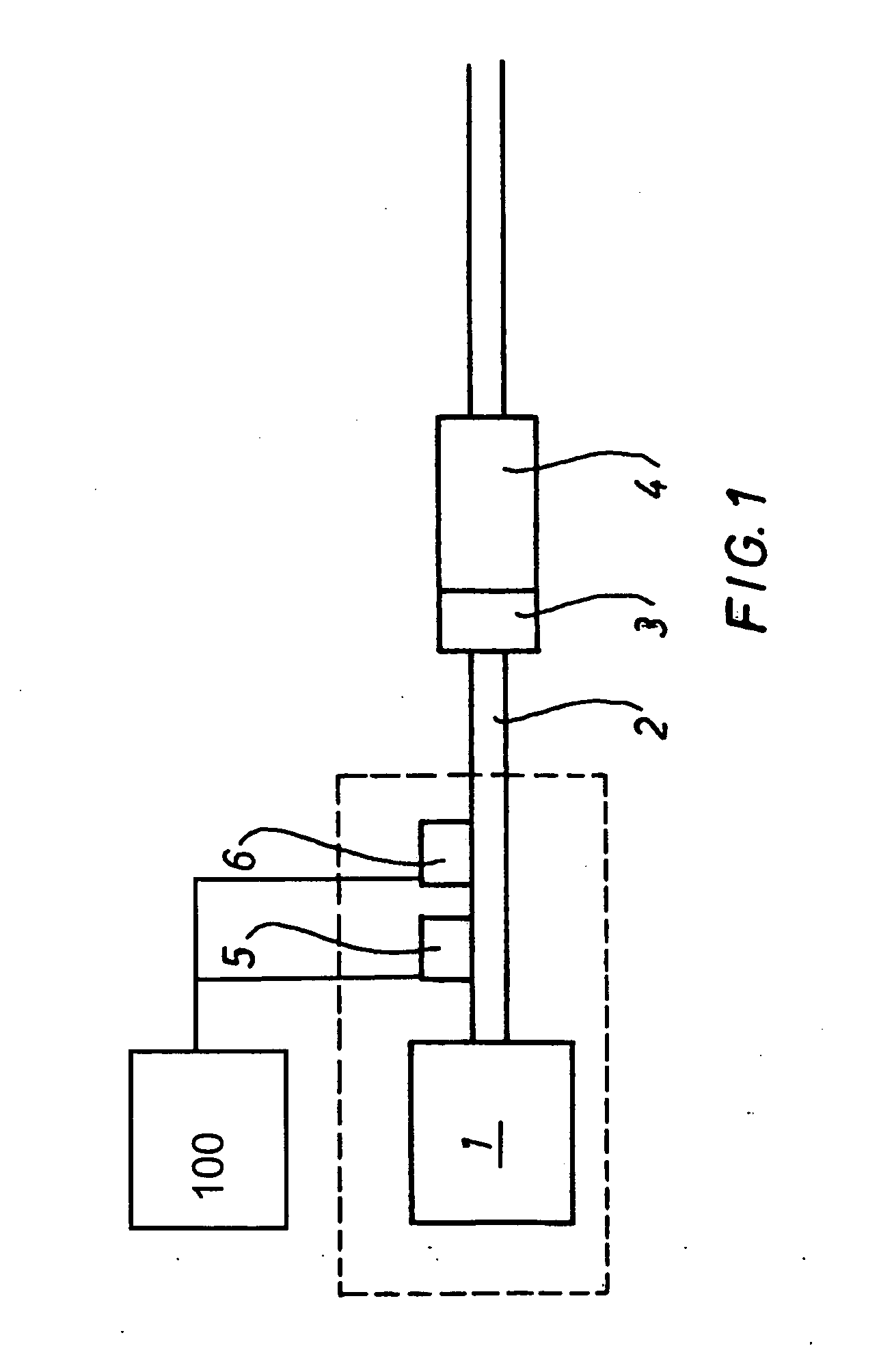Exhaust gas aftertreatment system
a technology of exhaust gas and aftertreatment system, which is applied in the direction of exhaust treatment, inorganic chemistry, and using liquid separation agents, can solve the problems of not insignificant installation space and complex system design, and achieve the effect of easy adaptation to internal combustion engines, small space, and easy realization
- Summary
- Abstract
- Description
- Claims
- Application Information
AI Technical Summary
Benefits of technology
Problems solved by technology
Method used
Image
Examples
Embodiment Construction
[0009]The only figure is a schematic view showing an internal combustion engine 1, which may be any type of Diesel engine. An exhaust line 2 (including an exhaust manifold) is connected to the exhaust ports of the engine. The exhaust gas emitted by the internal combustion engine during operation is passed through said exhaust line, subjected to exhaust aftertreatment (and possibly also to noise reduction), and is ultimately released into the environment. In order to treat the exhaust gas, the exhaust gas is initially passed through a catalyst 3 capable of being operated in both the reductive and oxidative mode, and subsequently through a particulate filter 4 (soot filter). In order to thermally regenerate particulate filter 4, the required temperature of about 400 ° C. is generated in catalyst 3 by exothermic oxidation of hydrocarbons (especially in the form of Diesel fuel). To this end, the hydrocarbons are introduced into the exhaust line via an introducing means or hydrocarbon in...
PUM
| Property | Measurement | Unit |
|---|---|---|
| temperature | aaaaa | aaaaa |
| time | aaaaa | aaaaa |
| temperature | aaaaa | aaaaa |
Abstract
Description
Claims
Application Information
 Login to View More
Login to View More - R&D
- Intellectual Property
- Life Sciences
- Materials
- Tech Scout
- Unparalleled Data Quality
- Higher Quality Content
- 60% Fewer Hallucinations
Browse by: Latest US Patents, China's latest patents, Technical Efficacy Thesaurus, Application Domain, Technology Topic, Popular Technical Reports.
© 2025 PatSnap. All rights reserved.Legal|Privacy policy|Modern Slavery Act Transparency Statement|Sitemap|About US| Contact US: help@patsnap.com


